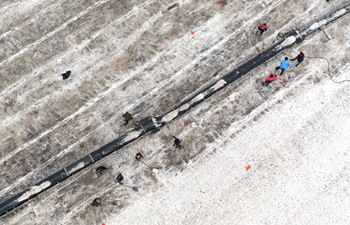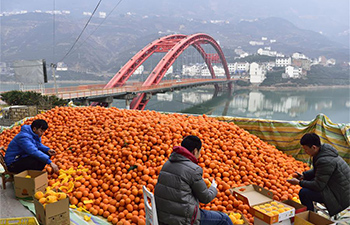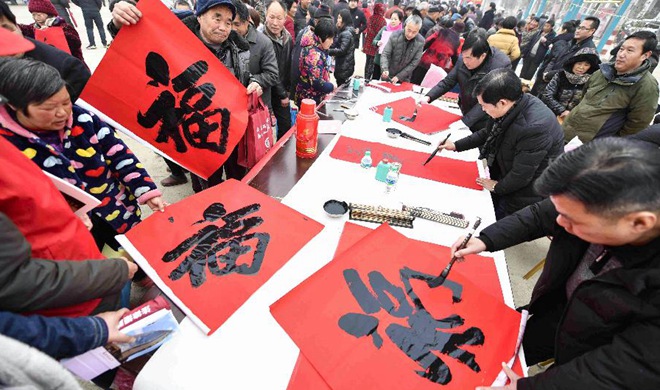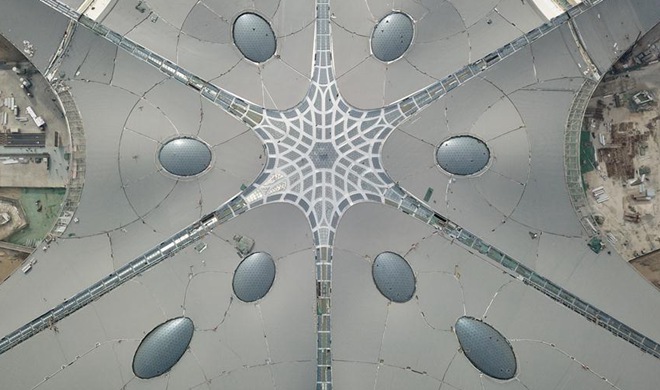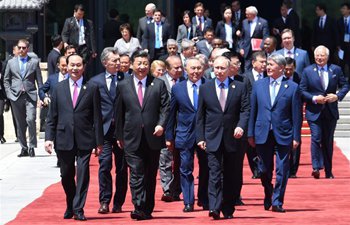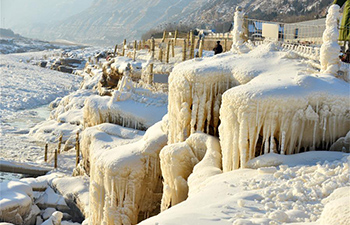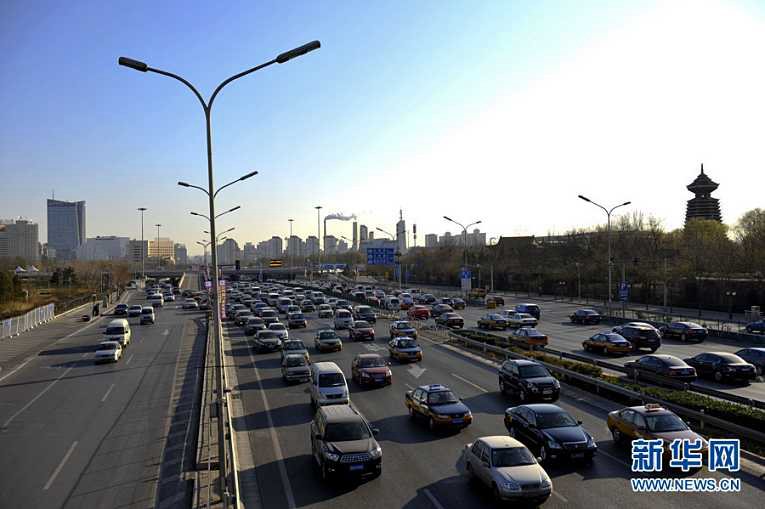
(Xinhua file photo)
BEIJING, Jan. 18 (Xinhua) -- China saw major air pollutants plummet in 2017 thanks to a string of measures taken by the government to improve air quality, according to an environmental authority statement Thursday.
The average density of PM2.5 in 338 cities nationwide monitored by the Ministry of Environmental Protection (MEP) stood at 43 micrograms per cubic meter last year, falling 6.5 percent year-on-year.
For the period, the level of PM10 in the cities declined to 75 micrograms per cubic meter, 5.1 percent less than in 2016.
The density of PM2.5 in Beijing stood at 58 micrograms per cubic meter last year, a year-on-year drop by 20.5 percent thanks to effective pollution controls, meeting the goal of reducing PM2.5 level to around 60 micrograms per cubic meter.
An air pollution control plan issued by the State Council in September 2013 ordered Beijing to reduce its PM2.5 density from 90 micrograms per cubic meter in 2013 to around 60 micrograms per cubic meter by the end of 2017.
Last year, average PM2.5 level in the Beijing-Tianjin-Hebei region was 64 micrograms per cubic meter, down 9.9 percent on 2016, while that in the Yangtze River Delta and Pearl River Delta regions were 44 micrograms per cubic meter and 34 micrograms per cubic meter, respectively.
Shijiazhuang, capital city of Hebei Province, though largely reducing PM2.5 density, saw its worst air quality throughout the year, while Haikou, capital of Hainan Province, topped Chinese cities with best air conditions.
Tackling pollution has been listed as one of "the three tough battles" that China aims to win in the coming three years, according to the Central Economic Work Conference, an annual tone-setting economic meeting.






